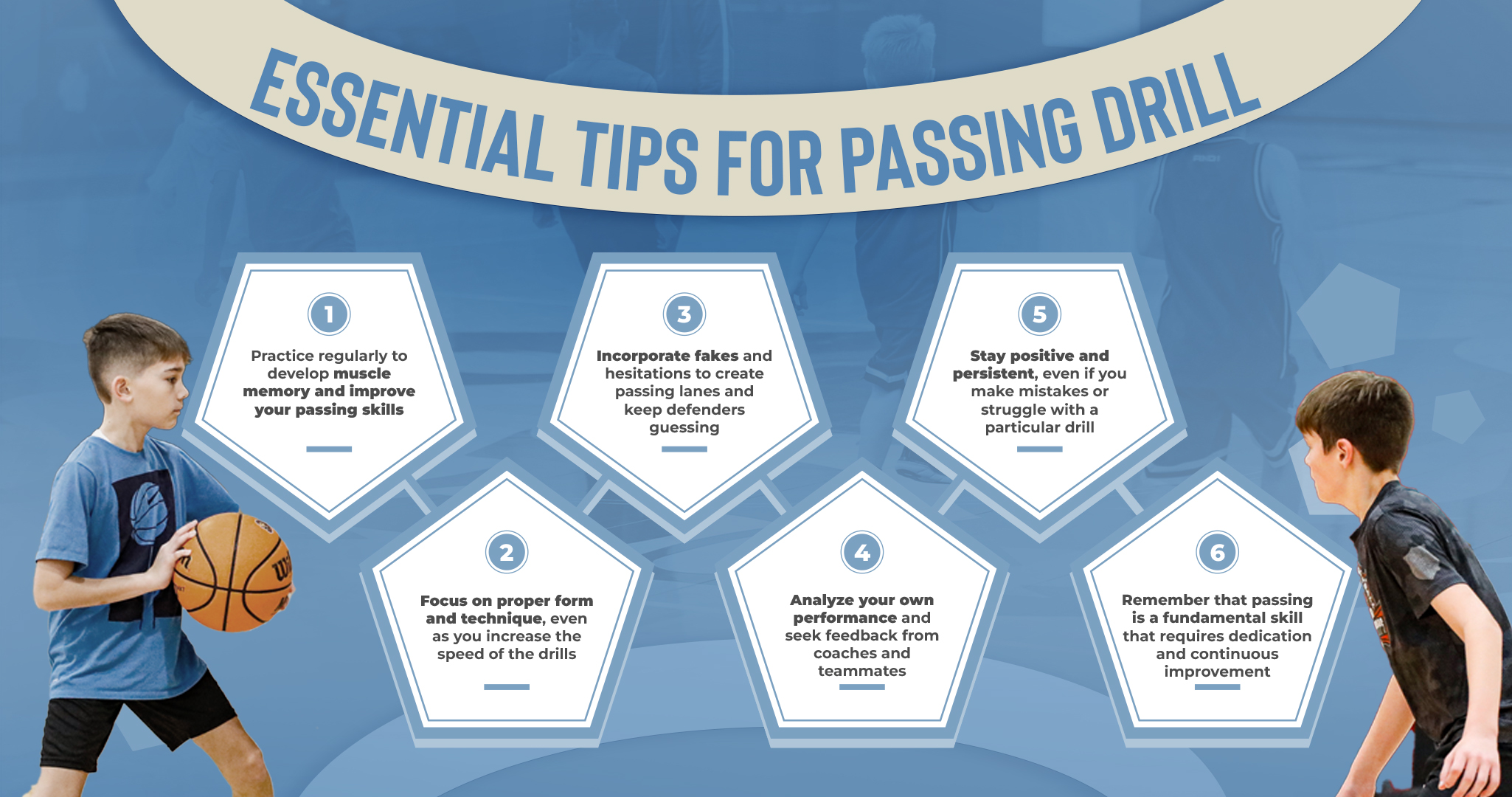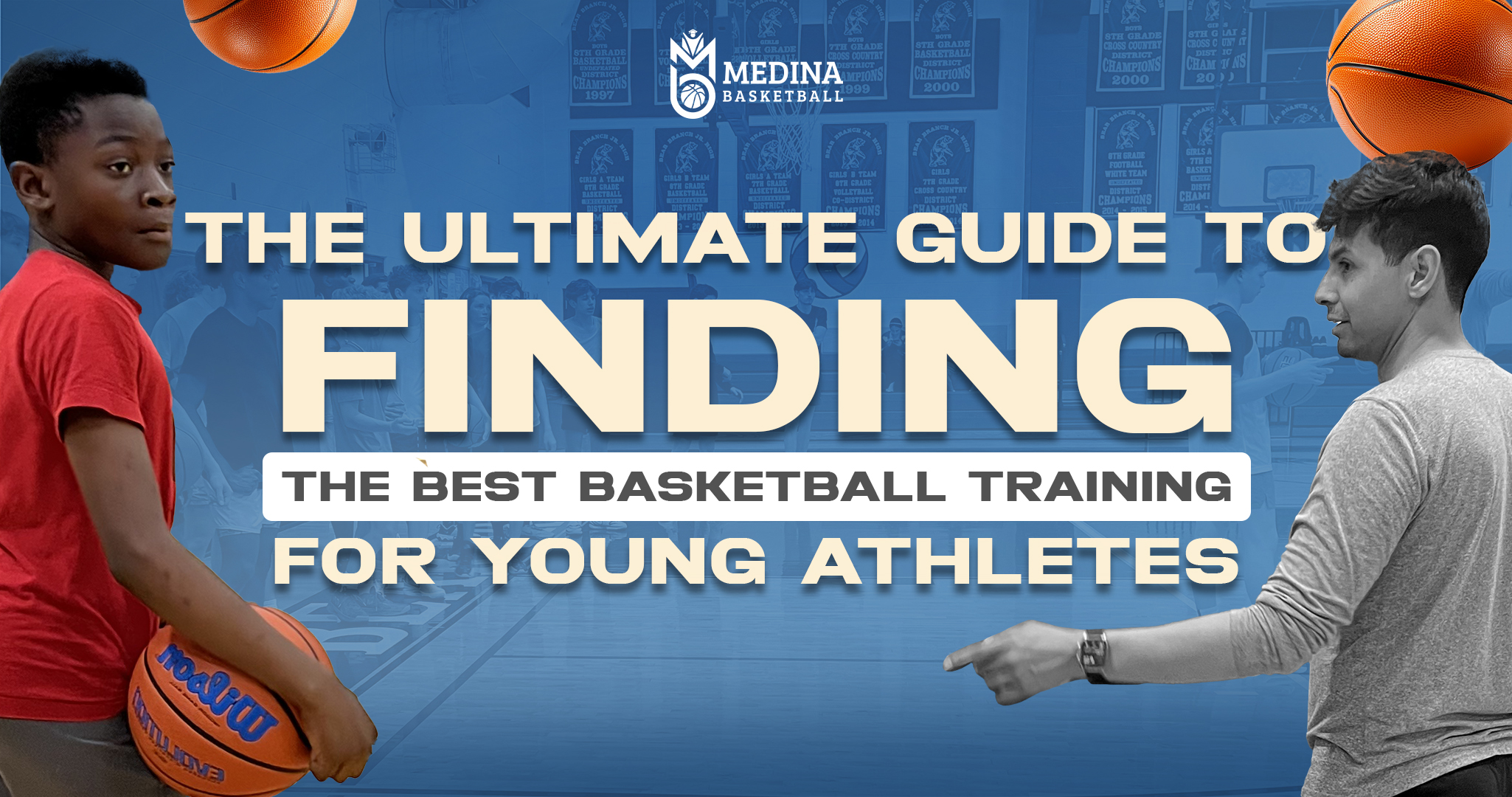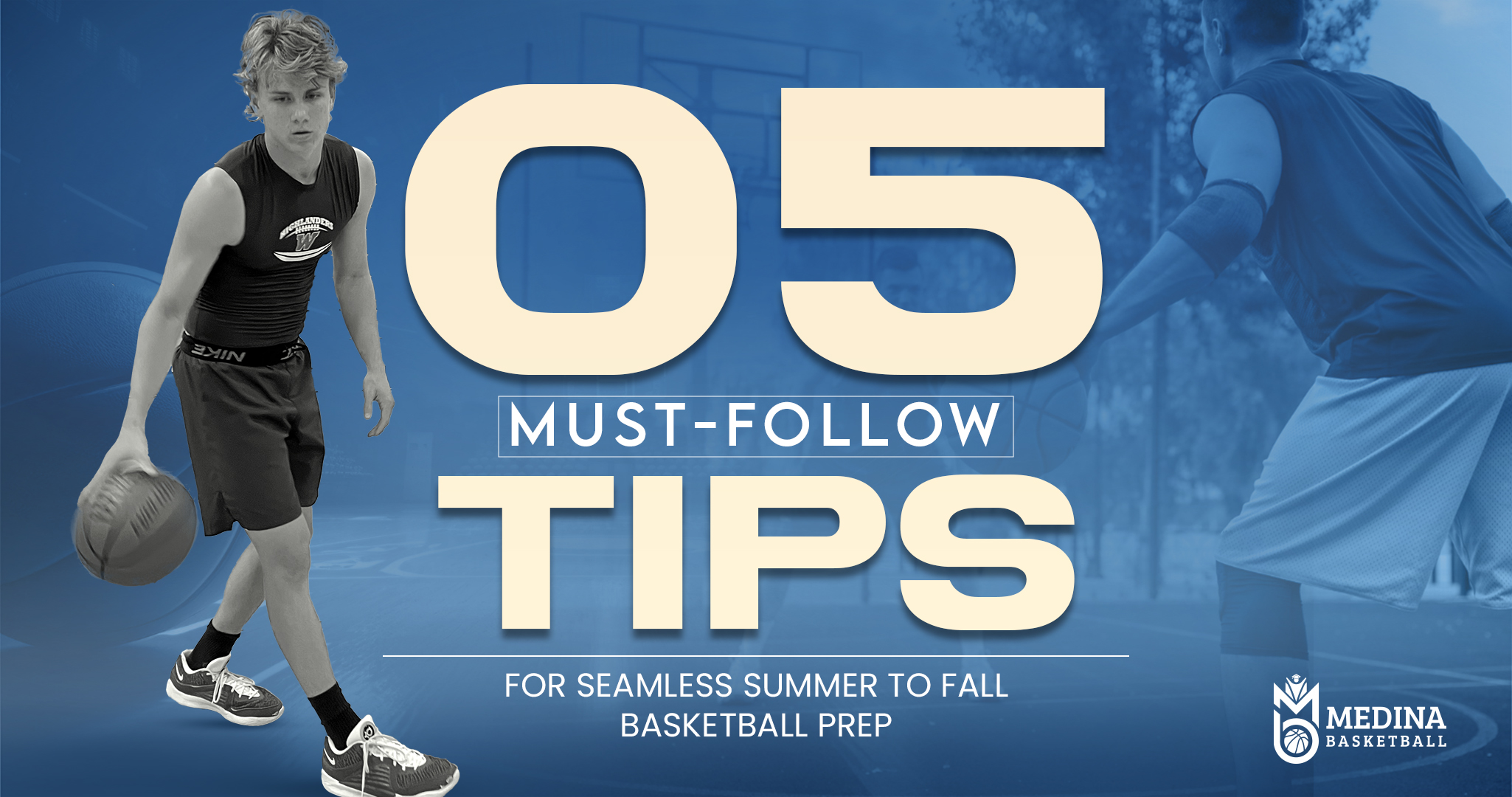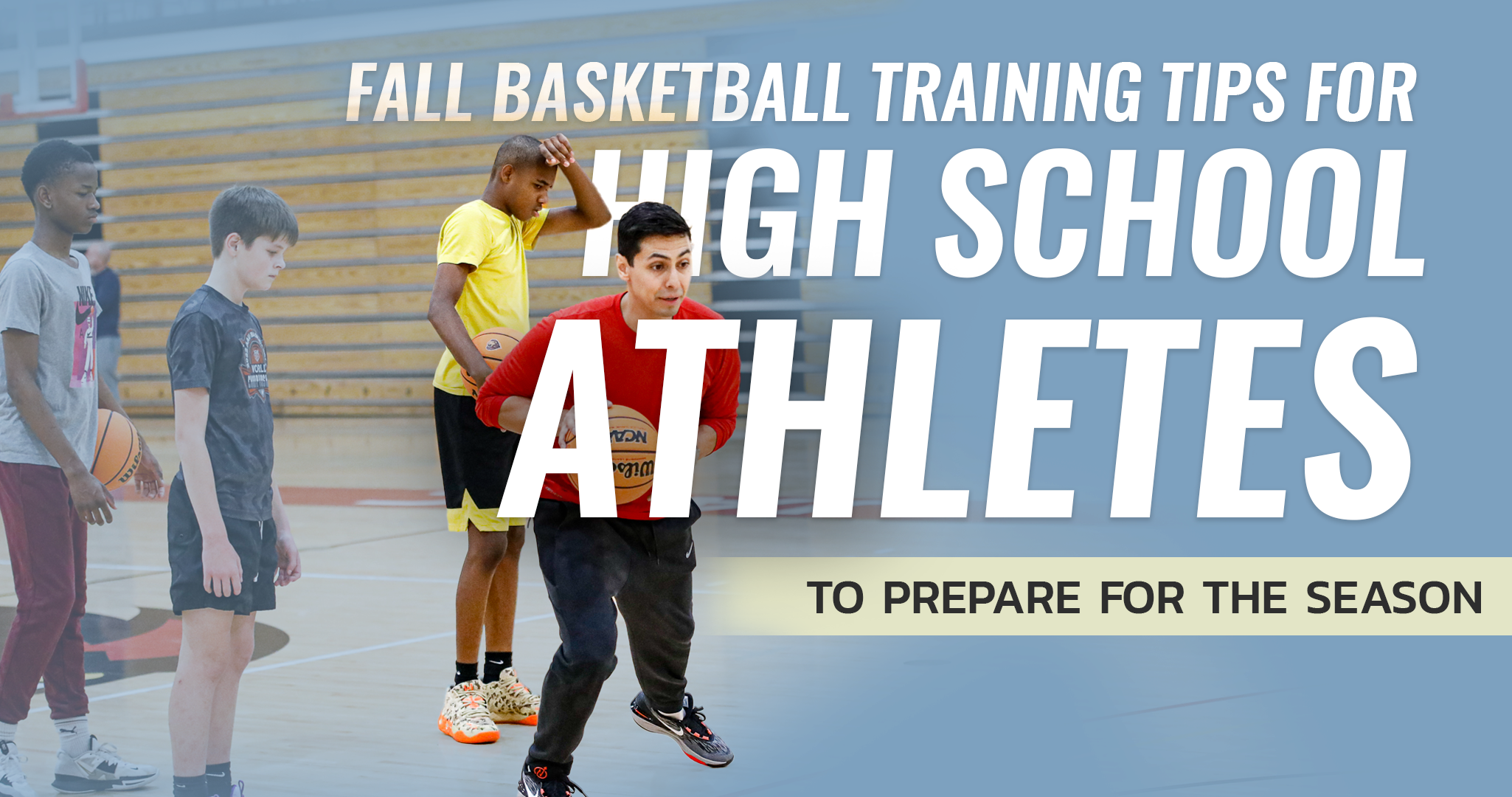Picture this: the buzzer sounds, the crowd roars, and you're on the court, ready to…
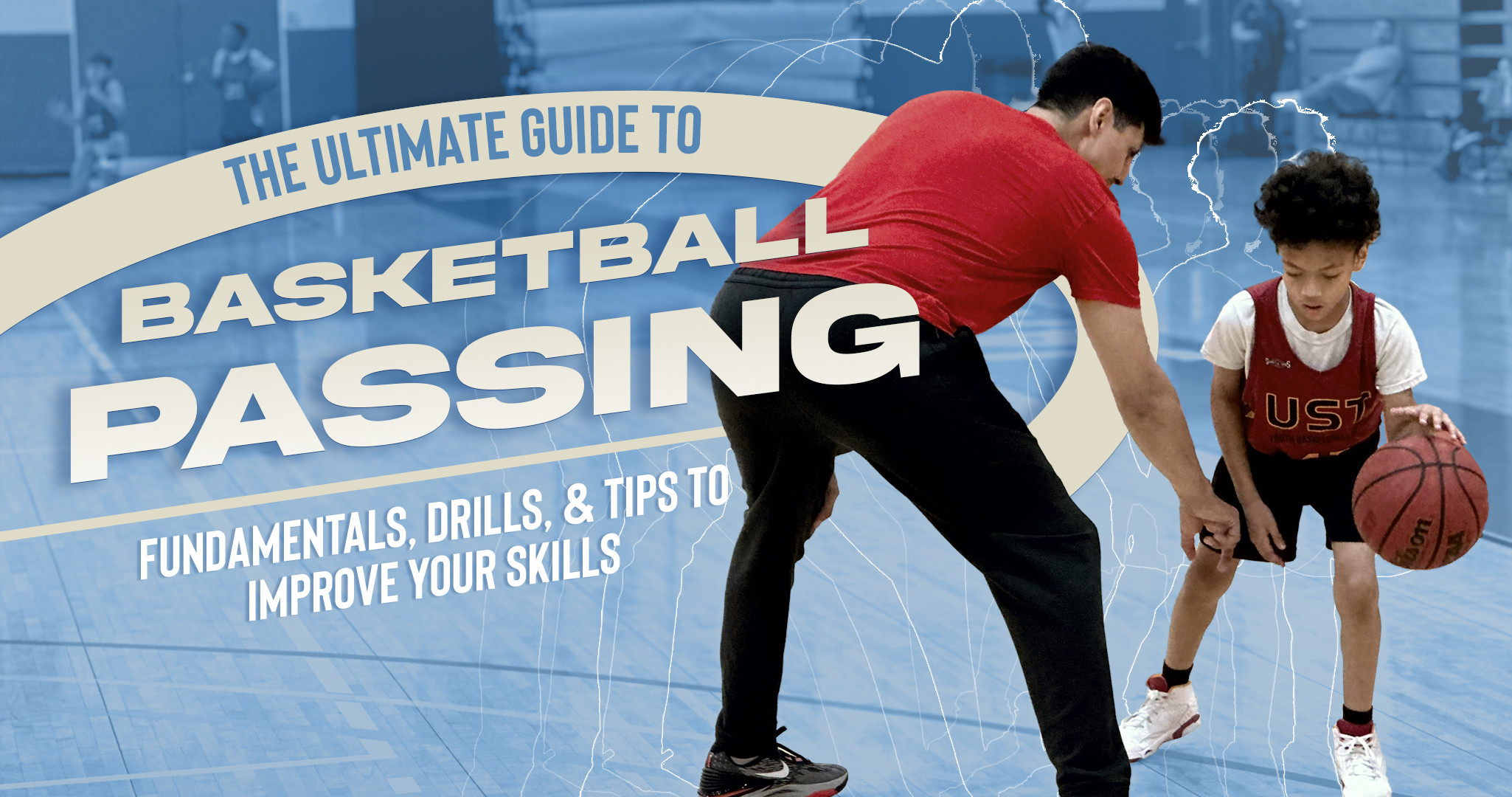
Picture this: You’re on the court, the clock is ticking down, and your teammate is open for a potentially game-winning shot. At that moment, the success of your team hinges on your ability to deliver a precise, timely pass. Passing is an essential skill that separates good basketball players from great ones. It’s the unsung hero of the game, often overshadowed by flashy dunks and clutch shots, but it’s the glue that holds a team together and the catalyst for a seamless offense.
A well-timed, accurately placed pass can slice through a defender, find a cutting teammate, or set up a wide-open shot. But how do you develop this crucial skill? How do you become the playmaker your team needs, the one who can thread the needle and make the right decision under pressure?
Whether you’re a beginner learning the ropes or a seasoned player looking to refine your skills, this guide will equip you with the knowledge and tools you need to become a passing maestro on the court. So, let’s lace up, hit the hardwood, and unlock the secrets to mastering the art of basketball passing.
Passing Fundamentals In Basketball
- Proper Hand Placement: The foundation of a good pass starts with proper hand placement. When holding the basketball, your fingers should be spread out, with your thumbs pointed toward each other behind the ball. This grip allows for better control and accuracy when releasing the pass. Avoid having your palms directly on the ball, as this can lead to less precision and inconsistent results.
- Body Positioning & Footwork: Your body positioning and footwork play a crucial role in executing effective passes. Start by squaring your shoulders to your target, which helps with accuracy and reduces the likelihood of off-target passes. Maintain a balanced stance with your knees slightly bent, giving you stability and the ability to quickly react to changing situations on the court. When making a pass, step into it with your lead foot to generate power and ensure a crisp delivery.
- Types Of Passes
- Chest Pass: Hold the ball at chest level, elbows bent. Step forward, extend your arms, and snap your wrists to release the ball. Ideal for short to medium-range distances.
- Bounce Pass: Similar technique to the chest pass, but aim the ball at a spot on the floor two-thirds of the distance to your target. The ball should bounce once before reaching your teammate.
- Overhead Pass: Start with the ball above your head, elbows bent. Step forward, extend your arms, and release the ball toward your target. Effective for passing over defenders or making long-distance passes.
- Baseball Pass: A one-handed, long-distance pass. Bring the ball behind your ear with your dominant hand, step forward, and throw the ball with a snapping motion of your wrist. Useful for quick outlet passes or full-court passes.
- Passing Decisions & Court Vision: Making the right passing decisions is as important as having proper technique. Develop your court vision by constantly scanning the floor, anticipating your teammates’ movements, and identifying potential passing lanes. Be aware of the positioning of defenders and make quick, decisive passes to take advantage of open teammates. Remember, a great pass isn’t always the flashiest one, but rather the one that leads to a successful possession or basket. As you gain experience, your ability to read the game and make smart passing decisions will improve, elevating your overall performance and your team’s success.
Passing Drills You Must Know
- Partner Passing Drills
- Stationary chest pass: Stand facing your partner about 10 feet apart. Practice making accurate chest passes back and forth, focusing on proper form and technique. As you become more comfortable, increase the distance between you and your partner.
- Bounce pass on the move: Start at the baseline, with your partner at the free-throw line. Dribble towards your partner and make a bounce pass just before reaching them. Your partner should catch the pass and then dribble back to the baseline, repeating the drill in the opposite direction. Focus on timing and accuracy while on the move.
- Overhead pass while shuffling: Begin by standing side-by-side with your partner, about 10 feet apart. Shuffle sideways while making overhead passes to each other. When you reach the end of the court, switch directions and continue the drill. This drill helps improve passing accuracy and footwork simultaneously.
- Wall Passing Drills
- One-handed passes: Stand about 5 feet from a wall. Using your dominant hand, practice making one-handed passes against the wall. Focus on accuracy and quick release. Repeat the drill with your non-dominant hand to develop ambidexterity.
- Behind-the-back passes: Position yourself about 5 feet from a wall. Practice making behind-the-back passes against the wall, starting with your dominant hand. As you become more comfortable, increase the distance from the wall and repeat the drill with your non-dominant hand.
- Team Passing Drills
- Three-man weave: This drill involves three players and two basketballs. Begin at one end of the court, with Player 1 in the middle and Players 2 and 3 on either side. Player 1 passes to Player 2, then runs behind them. Player 2 passes to Player 3, then runs behind them. Player 3 passes back to Player 1, who has now moved to the opposite side. Continue this weave pattern down the court, with players passing and moving in a zig-zag formation.
- Star passing drill: This drill requires five players positioned in a star formation, with one player at each point of the star and one in the center. The player in the center starts with the ball and passes to a player at one of the points. The player at the point then passes to the player in the center, who quickly passes to another player at a different point. Continue this pattern, with the center player making quick decisions and passes to keep the ball moving smoothly around the star formation.
These drills will help you develop your passing skills, improve accuracy, and enhance your ability to make passes in various game-like situations. Remember to focus on proper technique and gradually increase the speed and complexity of the drills as you progress.

Common Passing Mistakes and How to Avoid Them
- Telegraphing Passes: Telegraphing a pass means unintentionally signaling your intentions to the opposing team, making it easier for them to intercept the ball. This often happens when a player stares directly at their intended target before making the pass. To avoid telegraphing, keep your eyes up and scan the court, using your peripheral vision to locate open teammates. Develop a habit of making quick, decisive passes without hesitating or making obvious movements that give away your intentions.
- Passing too hard or too soft: Passing the ball with the wrong amount of force can lead to turnovers or missed opportunities. Passing too hard can make it difficult for your teammate to catch the ball while passing too soft can allow defenders to intercept the pass easily. To find the right balance, consider the distance between you and your target, as well as your teammate’s position and movement. Practice passing with varying amounts of force to develop a feel for the appropriate speed needed in different situations.
- Forcing passes into tight spaces: Attempting to squeeze a pass through a crowded area or between multiple defenders often results in turnovers. While it’s important to be creative and take calculated risks, it’s equally crucial to make smart decisions and avoid forcing passes when the odds of success are low. If you find yourself in a situation with no clear passing lanes, consider alternative options, such as resetting the offense, making a ball fake to create space, or dribbling to a better position before attempting the pass.
- Not using proper footwork: Failing to use footwork can lead to inaccurate passes and reduced power. When making a pass, it’s essential to step into the pass with your lead foot to generate momentum and ensure a crisp delivery. Neglecting to use proper footwork can result in off-target passes or passes that lack the necessary speed to reach your teammate effectively. Make a conscious effort to incorporate the correct footwork into your passing technique, focusing on stepping towards your target and following through with your pass.
To avoid these common passing mistakes, incorporate the following tips into your training:
- Practice passing with a purpose, focusing on accuracy and decision-making.
- Develop your court vision by constantly scanning the floor and anticipating your teammates’ movements.
- Use ball fakes and hesitations to create passing lanes and keep defenders off-balance.
- Communicate with your teammates verbally and through non-verbal cues to establish a strong passing rapport.
- Analyze game footage of yourself and successful players to identify areas for improvement and learn from their techniques.
By being mindful of these common mistakes and actively working to correct them, you’ll elevate your passing game and become a more effective playmaker on the court.
Throughout this blog, we’ve explored the fundamentals of basketball passing, essential drills to improve your skills, and valuable tips to help you become a more effective playmaker on the court. Mastering the art of passing is a crucial aspect of becoming a well-rounded basketball player and a valuable team member.
By focusing on proper hand placement, body positioning, and footwork, you’ll develop a strong foundation for accurate and efficient passing. Incorporating various types of passes, such as chest passes, bounce passes, overhead passes, and baseball passes, into your repertoire will enable you to adapt to different game situations and make smart decisions under pressure.
At Medina Basketball Academy, under the expert guidance of Coach Anthony Medina, we are dedicated to helping young players develop their basketball skills, including passing fundamentals. Our Youth Basketball Programs are designed to provide a dynamic learning environment where players can focus on both learning and enjoying the game.
By joining Medina Basketball Academy, you’ll have access to expert coaching, comprehensive training programs, and a supportive community that will help you take your passing skills and overall game to the next level. We invite you to be a part of our basketball family and experience the joy of growth and achievement through the sport we all love.
Remember, becoming a great passer takes time, dedication, and a willingness to learn and improve.
